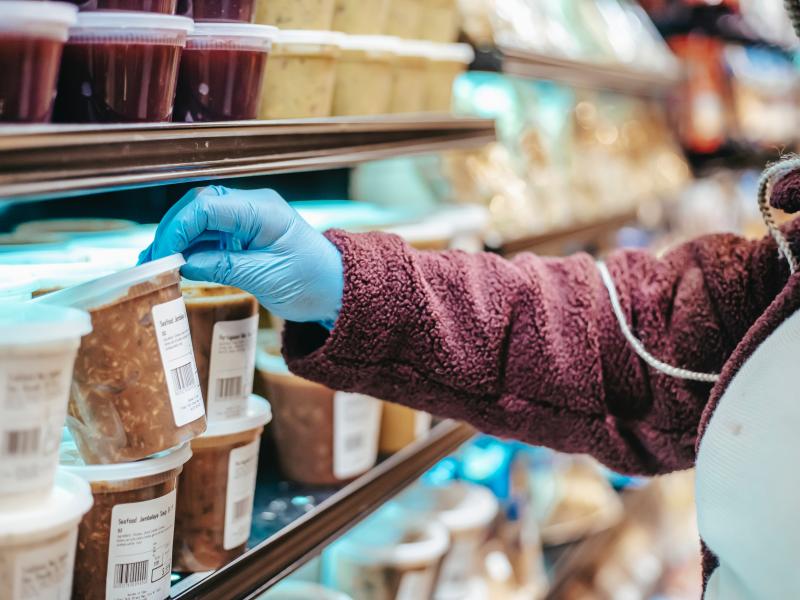Improved labeling and standards for environmental health

Description of the innovative solution
The standard for food labeling has largely been to inform consumers of nutritional content. Recently more food products include labeling for items like fair trade (ensuring those who made the product possible are getting fair working conditions/compensation), organic and other certifications like “Friend of the Sea” (sustainable seafood). Going forward, as anthropogenic climate change continues, there will be a greater need for food labeling to include standards for environmental health. Trust and transparency through labeling may lead consumers to make more environmentally friendly choices...
The standard for food labeling has largely been to inform consumers of nutritional content. Recently more food products include labeling for items like fair trade (ensuring those who made the product possible are getting fair working conditions/compensation), organic and other certifications like “Friend of the Sea” (sustainable seafood). Going forward, as anthropogenic climate change continues, there will be a greater need for food labeling to include standards for environmental health. Trust and transparency through labeling may lead consumers to make more environmentally friendly choices within food purchases. If food labeling were to include the item’s direct impacts on the environment from the beginning of the supply chain at ingredient growth following it through to item packaging, a new standard could be set for environmentally conscious consumers. Take Fair Trade for example, the organization has set up three pillars of standards: economic, environmental and social criteria must be met in order to meet the standards. The standards are imposed on both producers and traders. Fair Trade works as an NGO to provide the labeling and the standards. For Fair Trade, there is an overarching set of standards that producers and traders must meet to participate. Environmentally, these include objects like improving soil and water quality, avoid using harmful chemicals, reducing GHG, protecting biodiversity, etc. As for specific products, take coffee for example, there is another, more specific set of requirements of Fair Trade standards made for coffee only. Fair Trade aims to have high standards from planting to purchasing, all the way through the product's lifespan.
Examples and additional resources
Real-world examples
See this solution in action in different contexts and settings around the world
Fair Trade
Just Salad chain Includes carbon label on food Items
Additional resources
Learn more about this solution through studies, articles, business cases, and other information
Eco Labels and Eco Conscious Consumer Behavior: The Mediating Effect of Green Trust and Environmental Concern
Contacts
Connect to others working on and with this solution around the world
Pathways to uptake
Engage with our “backcasting tool” to imagine and design “pathways to uptake” for this solution in your setting.
This process involves defining a future vision of this solution being used in your context, and then working “backwards” to identify necessary steps to achieve this vision by 2030. Going through this exercise as an individual or with a team can help to clarify the WHAT/WHEN/HOW of moving a solution (or package of solutions) towards having major impact. We hope these pathways will inspire outside-of-the-box thinking, creative approaches, and actionable concrete steps to move ideas into action.
Pathway builder
Explore pathways for this solution
Be the first one and add a pathway for this solution!